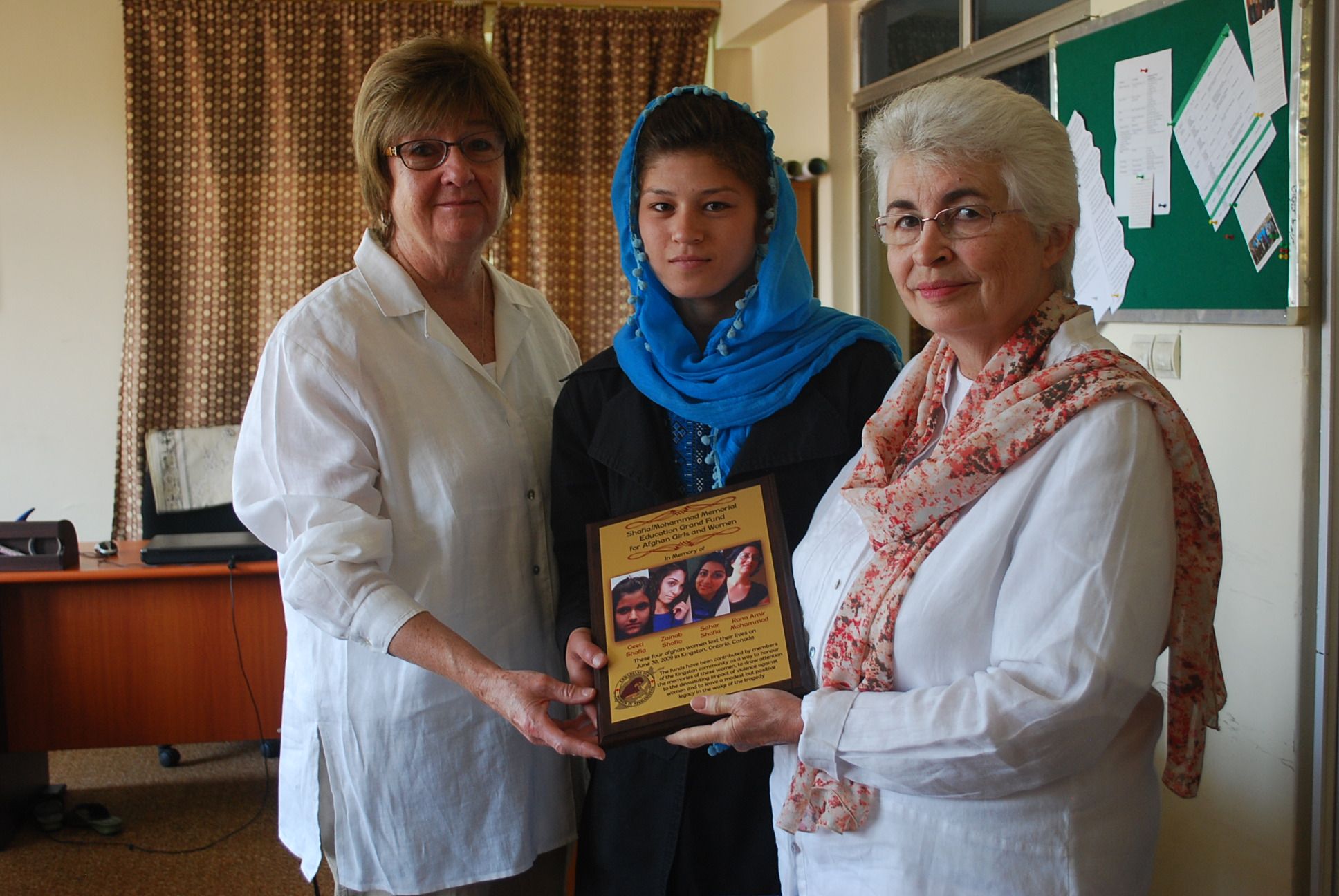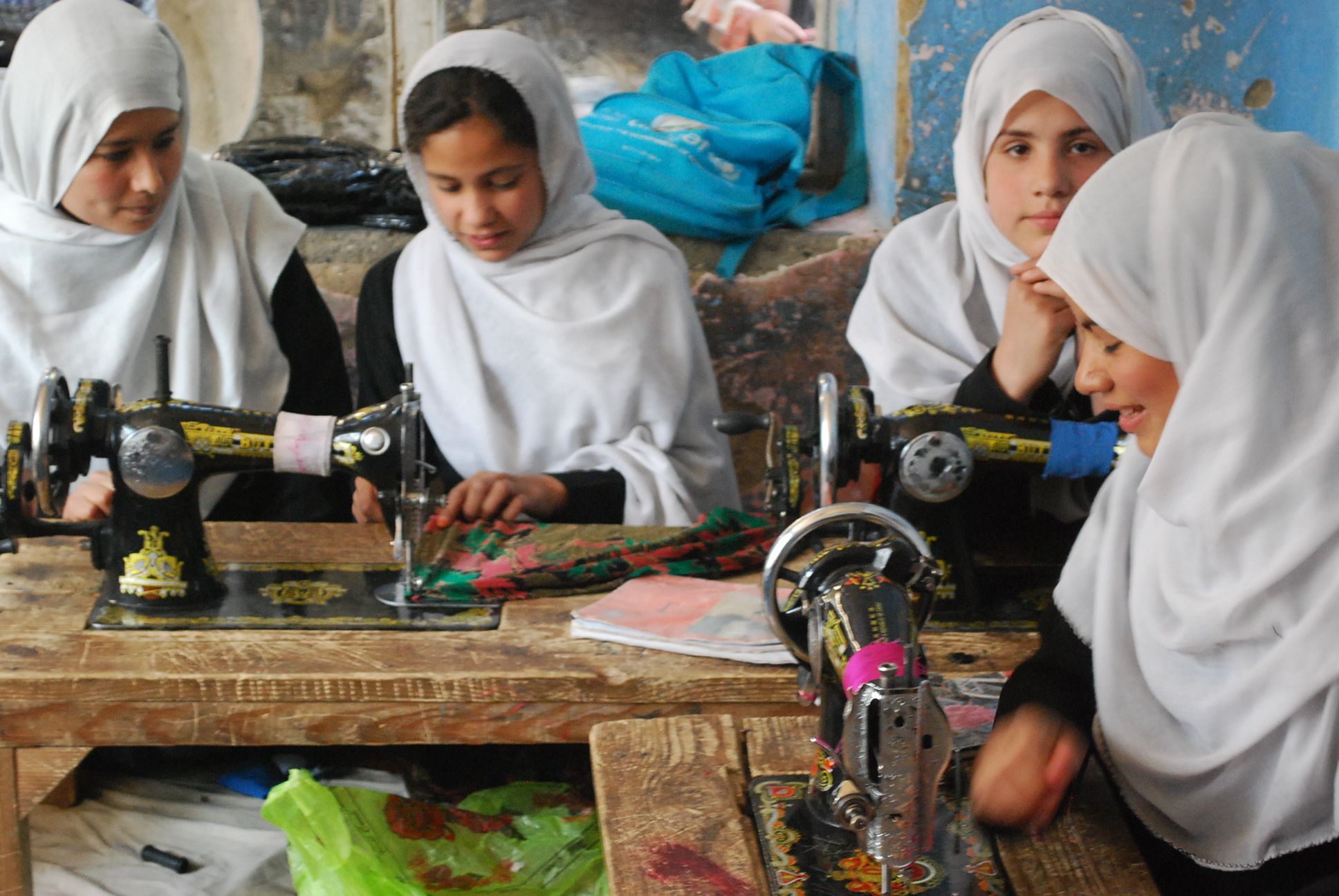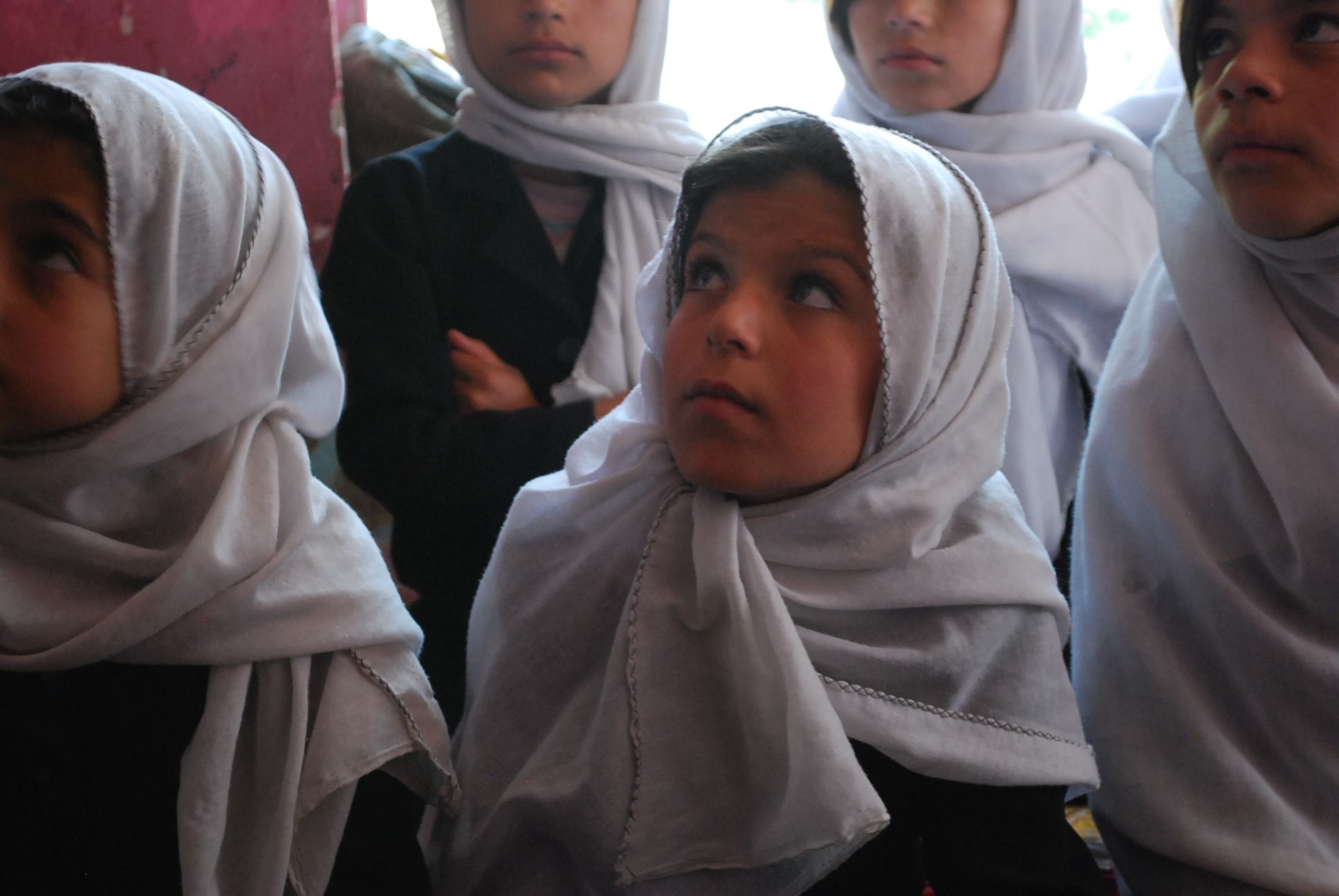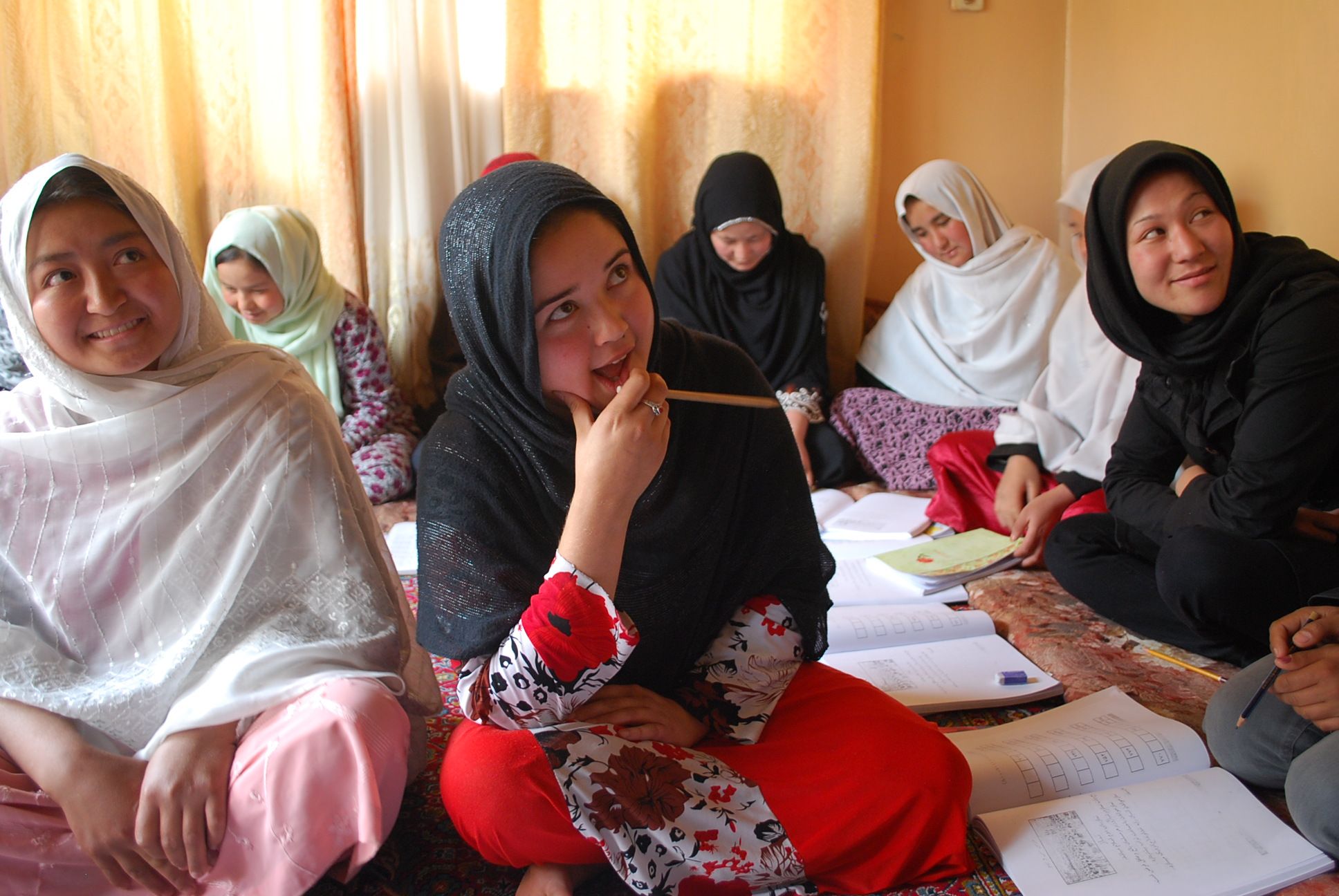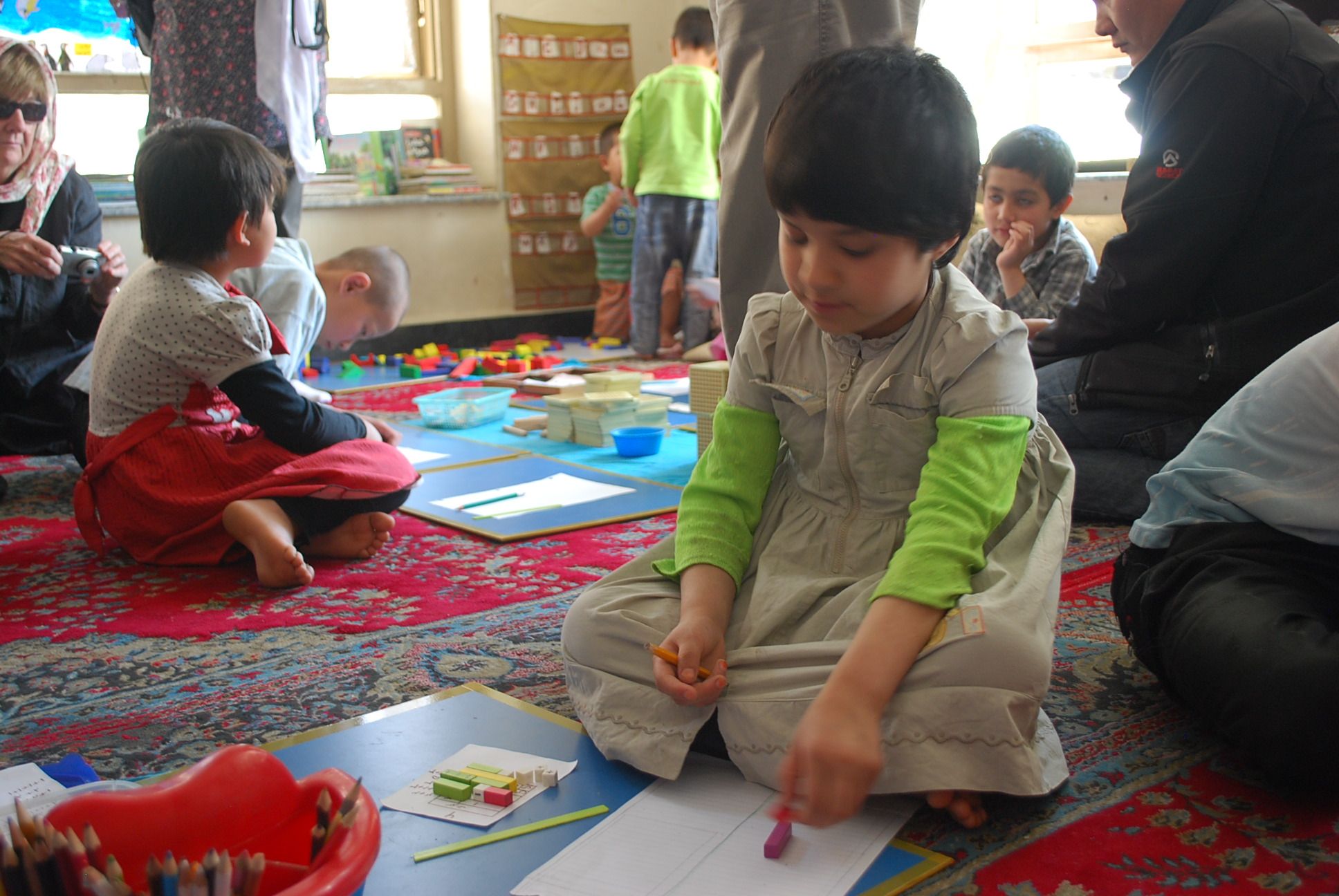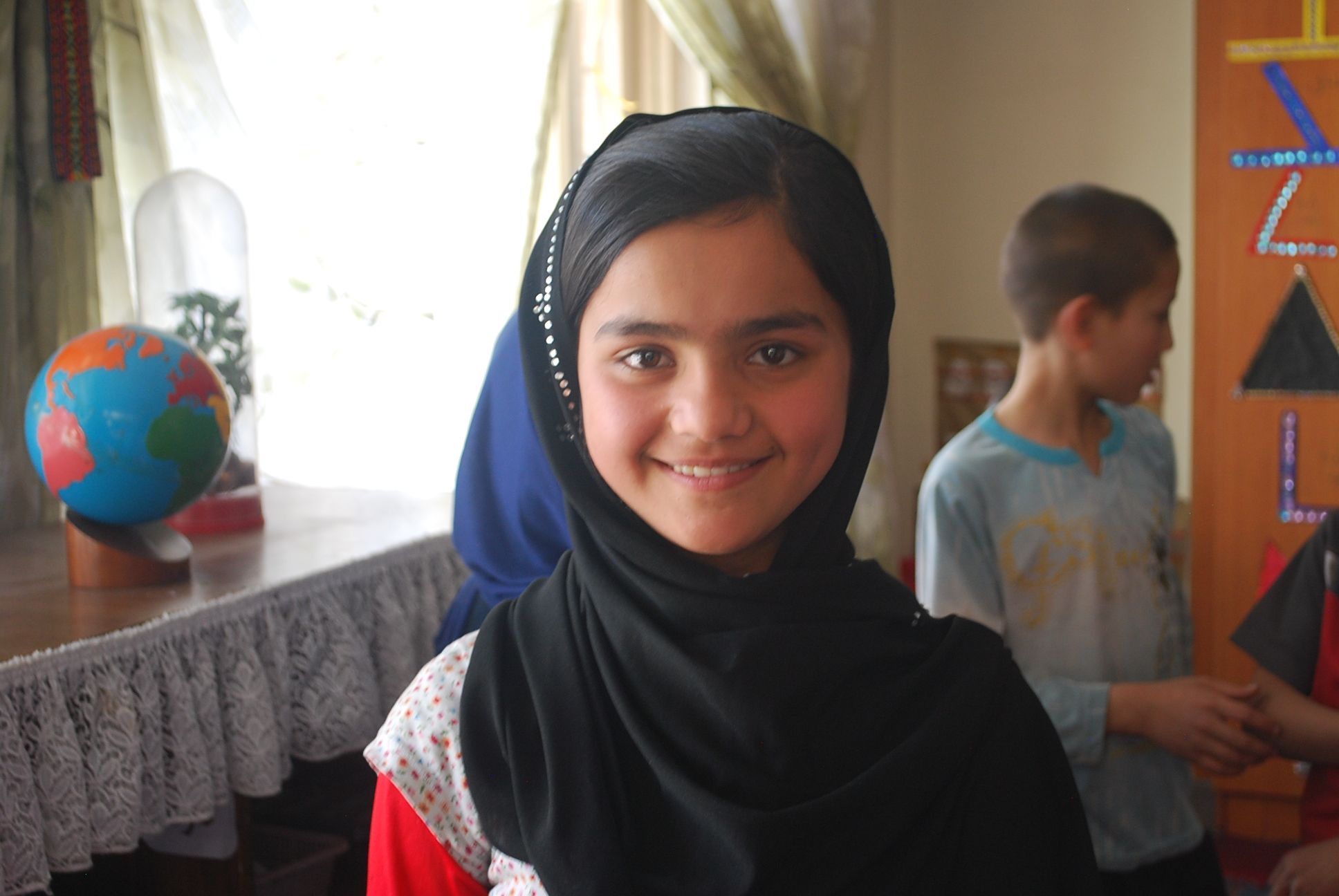I never wanted my last story from Afghanistan to be my own — the one where the journalist is kidnapped, held in an underground hole for 28 days while the Afghan government negotiates her freedom, and then returned to her country’s embassy under the cover of darkness one cold November night. But that’s the story people remember from me, the one they still want to hear. I knew I had to go back and give the story a different ending, one where the reporter returns with a story that needs to be told, a story not her own.
Last May, five years after my kidnapping, I went back to Kabul and spent a week with a Canadian NGO to document the progress of their projects in the country at a crucial time, before NATO pulls out in 2014. Canadian Women for Women in Afghanistan supports education initiatives in the country, particularly those aimed at women and children.
I knew reaction would be mixed. There is an audience out there that believes journalists who voluntarily enter what’s considered a hostile environment bring on their own misfortune, should something happen while on assignment. It’s usually the same audience who believes there is nothing to be gained from our involvement — militarily or otherwise — in fragile, developing states anywhere in the world.
Those are the people who posted on the Canadian Broadcasting Corporation’s website, “Not a good idea…there is nothing to report there the whole world knows it is the biggest hole there is…” and “Not a good idea, Mellissa. It’s sort of like walking into a minefield.”
Then there are those Canadians who believe Canada still has a role to play on the world stage, and that we should not forget the sacrifices our armed forces made to bring stability to Afghanistan. Some of them reached out to me directly on Twitter, and to them, I feel a debt of gratitude. One of those people was MJ Aherne from Edmonton, Alberta, who wrote, “@fungm story on unfinished business of #Afghanistan nation-building deeply appreciated.” And there was Anthony Champion from Mississauga, Ontario, who tweeted, “Great story! Children give us hope and it’s wonderful to see them getting an education!”
And then there is a small circle of Afghan veterans, soldiers and diplomats, many of whom I got to know when I returned from captivity. I had the honor of telling their stories: their struggles with PTSD, traumatic brain injury and amputation. They seemed relieved that the work of nation-building they had started in Afghanistan was continuing, despite the dangers and the difficulties. The story was “honest, yet inspirational,” one of them wrote.
The NGO with which I traveled was just grateful that we were able to get Afghanistan back in the news, if only for this one story. They are very concerned about what will happen after this year. The recent suicide bombing of La Taverna underscores that concern. The January attack killed 20 people — most of whom were foreigners — in a restaurant that was popular with expats, and shook the city's international community to its core. The security situation is “the worst I’ve seen it since I first came here,” Lauryn Oates, the NGO's project director, wrote me from Kabul. It will affect the way aid agencies travel and work. And it could mean that Canadians will care even less about the country’s future.
Going back to Afghanistan wasn’t about me going back to a place where something bad had happened to me. It was about turning the spotlight back on Afghans, checking in on their progress as their country lurches toward independence again from foreign intervention. It was about getting Canadians to talk about Afghanistan again, and hopefully, asking how they can help.


